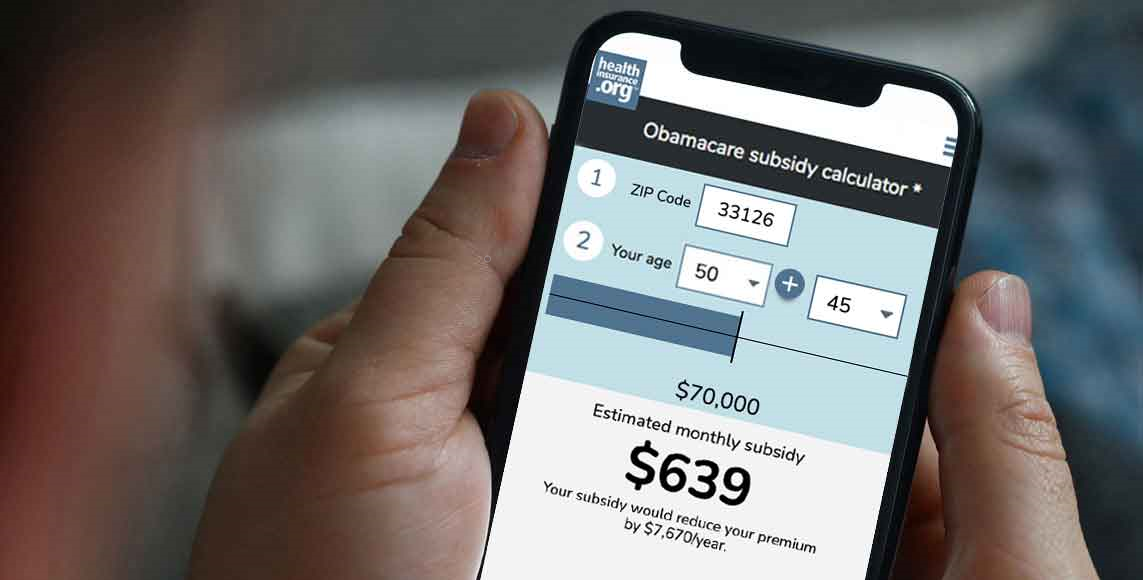
Note to readers: I welcome reader comments and questions, and will try my best to reply in a timely manner. I ask only that you do your part to keep our discussion both reasoned and polite. – MM
While most pundits focus on the governors who are refusing Medicaid dollars, Health Access Blog’s Anthony Wright highlights five states that have gone ahead and expanded the program without waiting for 2014.
The Affordable Care Act gave states the option of starting early and California, Connecticut, Minnesota, New Jersey and Washington and the District of Columbia all have done just that. Already, they have extended coverage to some 500,000 low-income Americans.
“California is a leader in maximizing the benefits of the law,” says Wright, offering the map below to explain why.
“Californians are more likely to be uninsured than residents of most other states – less likely to get coverage at work, less likely to afford coverage as an individual, more likely to be denied for a pre-existing condition,” Wright explains. Indeed, “there are only a handful of states worse off in terms of our health coverage systems (Census Bureau stats put California 6th or 7th from bottom.)”
Among the states in which 18 to 25 percent of the population is uninsured, “California is the only one aggressively taking advantage of the benefits of the law to address these problems,” he adds. “On the map, virtually all the other dozen states with well-above-average uninsured rates are currently led by Republican Governors reluctant or antagonistic to ‘Obamacare.'” Yet, precisely because they have so many uninsured, these are the states that would gain the most if they embraced the program.
Perhaps someone should explain to the citizens of Texas and Florida that since the federal government is paying 50 percent of the cost of this early expansion (and 100 percent beginning in 2014, 90 percent thereafter), their federal tax dollars are being used to provide healthcare for low-income Americans in California and Minnesota. In those states, federal Medicaid dollars will also be creating jobs as hospitals, labs and nursing homes hire more workers to care for the newly insured.
Related: Why should you care whether or not your state decides to expand Medicaid coverage?
Meanwhile, as Joe Paduda has argued on Managed Care Matters, in states where governors have vowed not to expand Medicaid, health insurance premiums are likely to go up as hospitals struggling to care for millions of uninsured patients pass the cost on to private sector insurers, who will, in turn, pass the bill on to their customers.
Medicaid expansion may save states money
By contrast, states that agree to open up Medicaid to millions of new enrollees “may actually save money” explains Ezekiel Emanuel. In a recent New York Times op-ed, Emanuel points to “a September 2009 report by the Council of Economic Advisers,” which observes that states (and state taxpayers) “currently pay for the uninsured in two ways.
First, there is the hidden cost shift. Insurance premiums are higher for state workers (and for others whose employers cover them) because of the uninsured. Second, many states pay for uncompensated care at public hospitals and clinics. While states may have to pay 10 percent of the Medicaid expansion in 2020, they will save money from eliminating the cost shift and the uncompensated care.”
California, for example, is expected to shell out “about $195 million for expanding Medicaid when the federal government pays 90 percent in 2020.” But, the Council projects that “it would save more than $210 million in reduced state employee premiums and more than $2 billion in uncompensated care for a net savings of more than $2 billion. Similarly, Wyoming would save about $1 million, and Montana would save about $9 million.”
At what point will the citizens of states that are threatening to turn down Washington’s largesse realize what is happening? In Florida, Governor Rick Scott’s approval rating has fallen to 40 percent. Some of Florida’s voters already seem to be realizing that they made a mistake.
Maggie Mahar is an author and financial journalist who has written extensively about the American health care system. Her book, Money-Driven Medicine: The Real Reason Health Care Costs So Much, was the inspiration for the documentary, Money Driven Medicine. She is a prolific blogger, writing most recently for TIME’s Moneyland. Previously she wrote and edited the Health Beat blog for the progressive think tank, The Century Foundation. She also recently provided background on Congressional health care legislation for HealthReformVotes.org, a special project of the Health Insurance Resource Center.

Get your free quote now through licensed agency partners!







